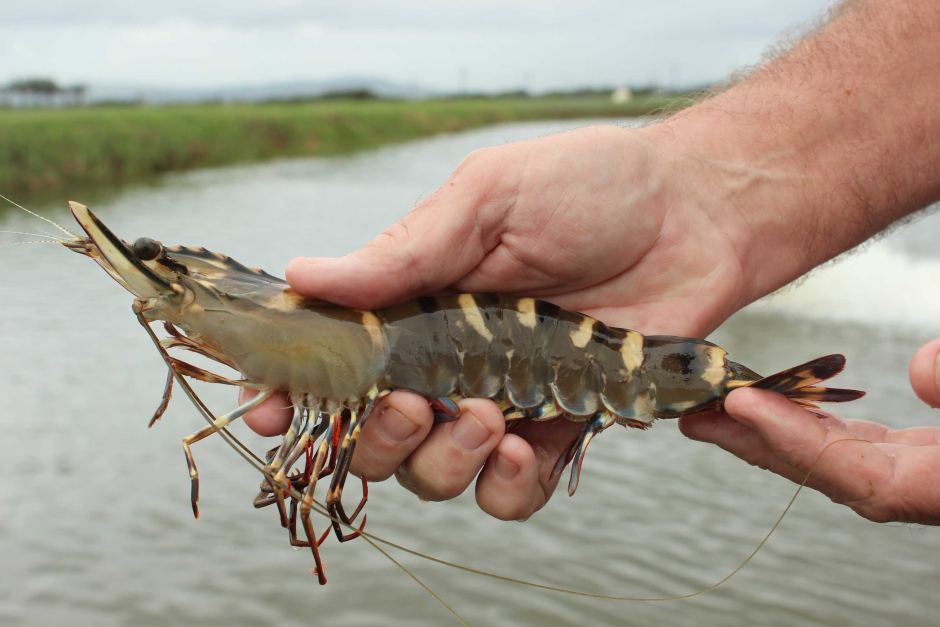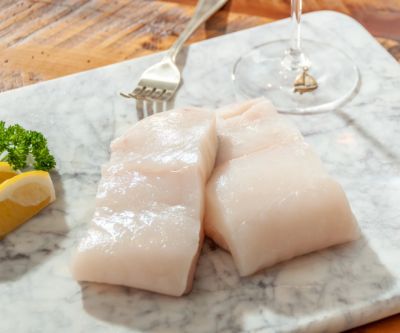During Week 28 (July 7–13, 2025), the U.S. wholesale shrimp market remained stable in terms of pricing, particularly for imported farmed whiteleg shrimp and black tiger shrimp. Trading activity was subdued as buyers remained cautious due to potential changes in tariffs and supply dynamics.
Low Demand Keeps Prices Flat
Wholesale demand remained sluggish, similar to previous weeks. Buyers are closely monitoring several external factors such as trade negotiations, newly announced tariffs, and supply conditions by species, size, and origin.
A reshaping of the market is underway as import tariffs become a key factor in competitive positioning among supplying countries. Meanwhile, rising overseas replacement costs are adding pressure to import prices.
Tariffs – A Key Market Driver
The U.S. is set to implement new tariffs starting August 1, 2025, which is expected to significantly shift the competitive landscape:
-
Ecuador: Maintains a favorable 10% tariff and stable origin prices, reinforcing its advantage over other suppliers.
-
Thailand: Facing a proposed 36% tariff, which poses a major challenge for its exporters.
-
Indonesia: Subject to a 32% tariff, although high-level trade talks are underway to ease tensions.
-
Bangladesh: Tariff set at 35%, slightly below the initially proposed 37%.
-
India: Temporarily retains a 10% tariff, but faces a possible increase to 26% post-August 1.
-
Vietnam: A new trade agreement announced on July 2 may lower tariffs from 46% to 20% in the future, but current rates remain higher than most competitors.
Price Trends by Species and Region
Whiteleg Shrimp – Latin American Origin
-
HOSO (head-on, shell-on): Prices showed a slight downward trend in select count sizes due to low buyer interest, with HOSO showing the most fluctuation.
-
P&D (peeled and deveined): Remains a preferred item with stable prices.
Whiteleg Shrimp – Asian Origin
Prices were mostly flat, with some slight fluctuations influenced by new tariffs and inventory levels at specific importers.

Black Tiger Shrimp
Prices remained generally stable, though market sentiment is shifting faster due to rising replacement costs and tighter supply from Asian countries.

Argentine Red Shrimp
Large whole shrimp prices continued to rise. The current fishing season faces skepticism as landed shrimp are reportedly smaller in size than usual. Limited imports are prompting distributors to maintain high prices and protect inventories.
Mexican Wild-Caught Shrimp
No major price changes observed. Prices remain stable to firm, mainly due to low inventory levels and concerns ahead of the new harvest season.
Supply Remains Generally Stable
Experts report that supply for key products like HOSO and HLSO shrimp remains steady, with no major short-term risks. However, looming tariff changes and cautious buying behavior may cause rapid market shifts in the near future.
The U.S. wholesale shrimp market is currently in a delicate balance—prices remain steady, but upcoming tariff decisions will be crucial. Importers, distributors, and buyers are advised to closely monitor trade developments and plan purchases accordingly, especially with August 1 fast approaching.





